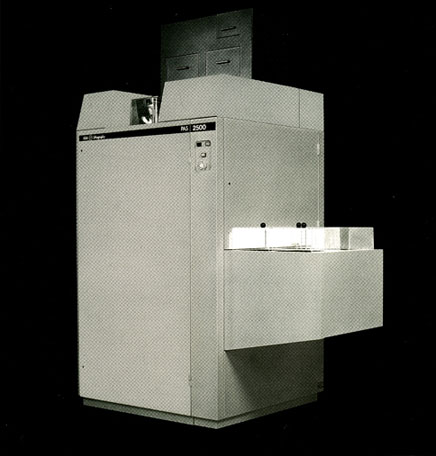|
|
|
|
The PAS 2500 stands as one of the most important development efforts ever accomplished in the equipment industry. The decisions made would have a lasting impact on the industry. The PAS 2500's high throughput would help launch the productivity revolution of the nineties. At the same time, its design allowed ASML to easily use outsourcing, which they turned into a new business model with far lower overhead and allowed them to compete profitably with much lower unit volumes than any other stepper supplier in the world. Amazingly, it was developed in less than two years, with an initial team of only 17 people, which had risen to 200 engineers by the time the first system shipped. Richard George's early decision to split the original design into modular subsystems, and create a System Engineering process within ASML would mean that the PAS 2500 could be easily outsourced for manufacturing and/or contracted development (or what Europeans call networked) to external suppliers. Project leaders were empowered to manage development of their sub-systems and a System Group ensured overall architectural integrity. Outsourcing plus the ASML System Engineering gave ASML tremendous development leverage and ability to access a broad engineering community that included some of the world's best electronics, optics, and automotive companies.
The development team moved fast because the PAS
2000 had a fatal flaw: its H-frame hydraulic stage. Though faster
than any mechanical stage, hydraulic systems leak and this was a
contamination issue for fabs. Customers knew the PAS 2000 leaked
because you could smell hydraulic oil whenever you got near it.
Ironically, the high performance of the original hydraulic stage may
have inspired the designers of the PAS 2500 to give this system the
fastest H-frame linear electrical stage in the world, which would
lead to ASML's early focus on productivity and Cost of Ownership.
|
